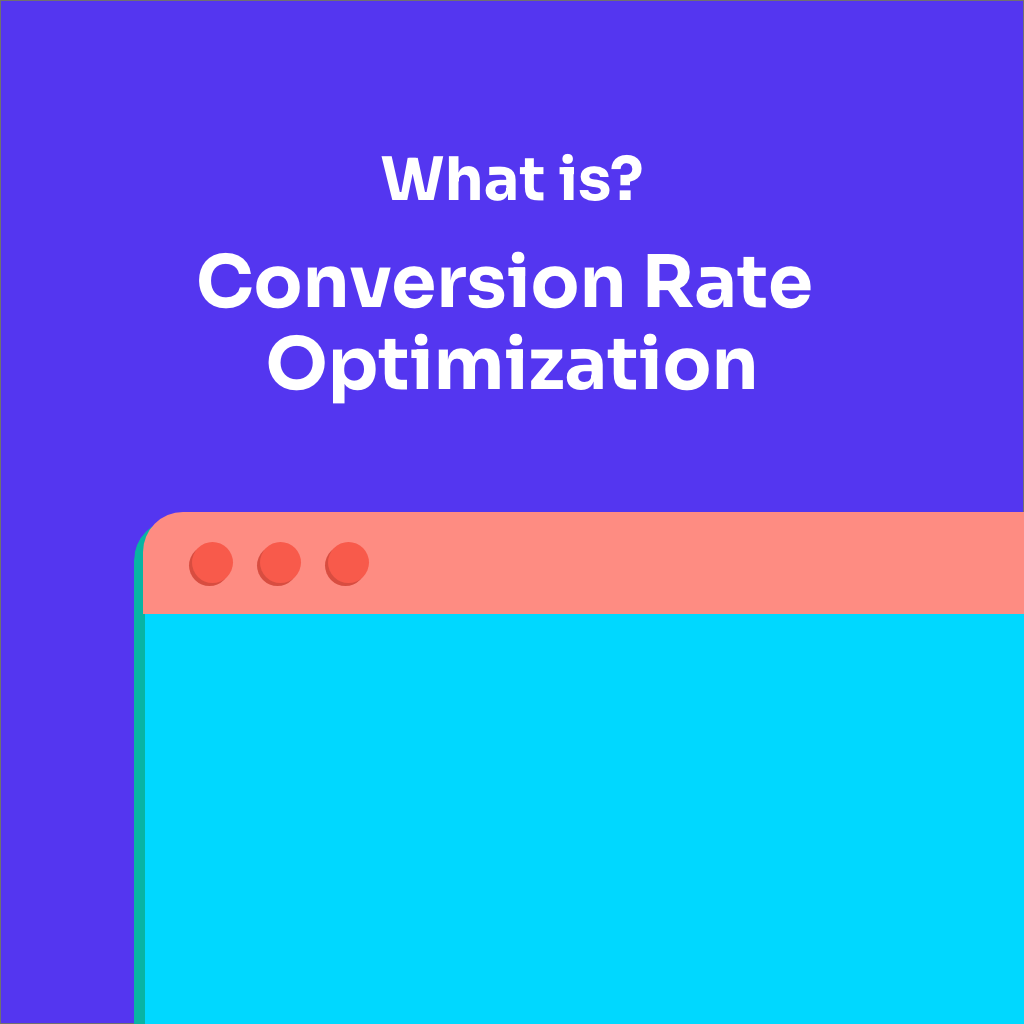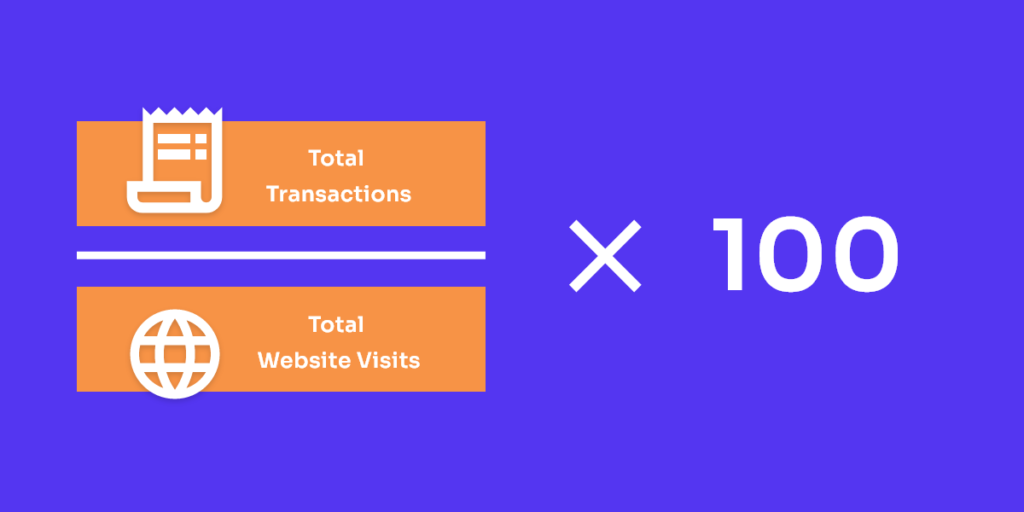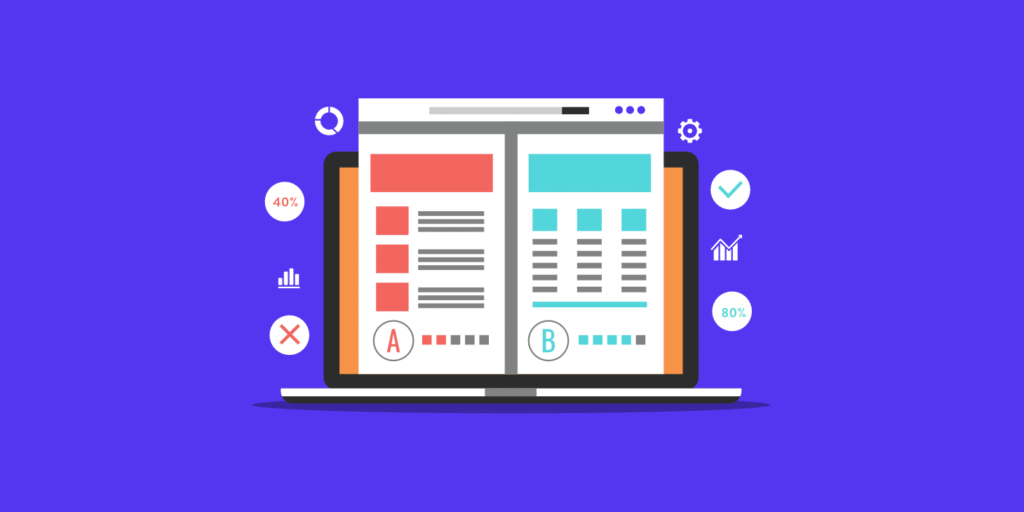What is Conversion Rate Optimization (CRO)?

Conversion rate optimization (CRO) is the process of converting your current website traffic into paying customers. This methodology helps increase the percentage of web visitors to take an intent-driven action, which could be filling out a contact detail or even buying a product through online conversion. The CRO process involves:
- Understanding how visitors flow through your website, what actions they take.
- Roadblocks and challenges they face.
- Eventually, identifying their product or service conversion pathway.
For instance, if you have a 30 percent conversion rate, this means that your website experience has led 30 percent of the online visitor audience to convert into paying customers. Online conversion optimization can be modeled on offline conversion models as well, as many customers who enter a brick and mortar store might browse through products and services with only a few converting into paying customers while others would window shop and exit the store.
The conversion optimization process focuses on two things:
- Reducing roadblocks in your sales funnel
- Increase the value of your product or service offering
Let’s have a look at how the conversion optimization rate is calculated.
How Do You Calculate CRO?
Conversion Rate Optimization is a ratio; it simply explains how many visitors have converted into paying customers on your website. The ratio explains the total transactions divided by total visitors that have landed on your website, multiplied by 100.
- Let’s say 200,000 people visit your website every month; of those visitors, 20,000 people convert into paying customers. Your conversion rate would be 10 percent = (20,000/200,000*100). If 30,000 people were to convert, your conversion rate would jump to 15 percent.
- Divide the number of online website conversions by the number of website visitors, and multiply that number by 100 to get the CRO percentage.

Step-by-Step Process to Double Your Conversion Rate
1. Identify your potential consumer
You must identify who your paying customers are and where your target audience is. Understanding your customers helps gauge how your marketing message needs to be tailored for them. Customers connect with brands, which leave a lasting impression on them through personalized messages and experiences.
2. Create a survey for paying customers
It’s essential to ask your converted consumer why they have chosen you as a product or service provider brand compared to the market competition. While creating these surveys, it’s essential to keep these surveys brief but engaging. This helps in uncovering critical aspects of your business pain points and gain points. You can ask your consumers questions through direct mediums like polls and short questionnaires. Keep the questions brief and concise, so you get more responses. Avoid redundant or boring questions. You’re looking for insights into your target consumer’s specific intent.
3. Collect and analyze data
Start tracking and analyzing data. You can use conversion rate optimization tools like Crazy Egg, Hello Bar, and Google Analytics to make sure you cover all your bases. As you gather more data, look for patterns. Maybe most of your customers find you via Instagram for instance or read your company page before looking at your products. You can use that information to boost conversion rates.
4.Run A/B tests
Test your concepts or ideas through A/B testing, this can provide insight into what truly resonates with your audience. This means you don’t have to comb through the data yourself and develop a pounding headache. Instead, you know the “winner,” and the winning variant gets the majority of the traffic even before the test concludes.

5. Discover the customer journey visitors take through your site
Mapping your buyers’ journey can yield lots of tasty nuggets of data. Do they read lots of your blog posts? Do they follow or engage with you on social media? How far do they scroll down each page? Which part of the website has the most important interaction activity? Answering the questions can be essential to creating an optimized conversion path for your website.
6. Focus on the content that matters using heatmap analysis
The most important pages on your website, such as your landing pages and product pages, deserve special attention. Run heatmap analysis on those pages to see where people click and how they use the page. You can then optimize it for maximum conversions.
7. Guide your customers
CTAs and directional indicators can help you guide your online traffic where you want them to go. Be strategic about where you place CTAs, arrows, navigational panels, and other elements. Navigating the audience and making sure they don’t get lost through the experience is an important factor to conversion success.
8. Reduce friction
Remove any elements that give the user a difficult time or promote objections. For instance, delete it if you don’t need a paragraph of copy on your sales page. Or, if you want to make the information more digestible, turn it into bullet points. Writing content on your website tailored to your audience also brings about a sense of deeper intent.
Optimizing your website through a conversion optimization route can be a daunting affair, Tekhné Agency can help create an experiential journey for your website, leaving the online customers utterly delighted. Increase your website conversions today. Connect with us.






